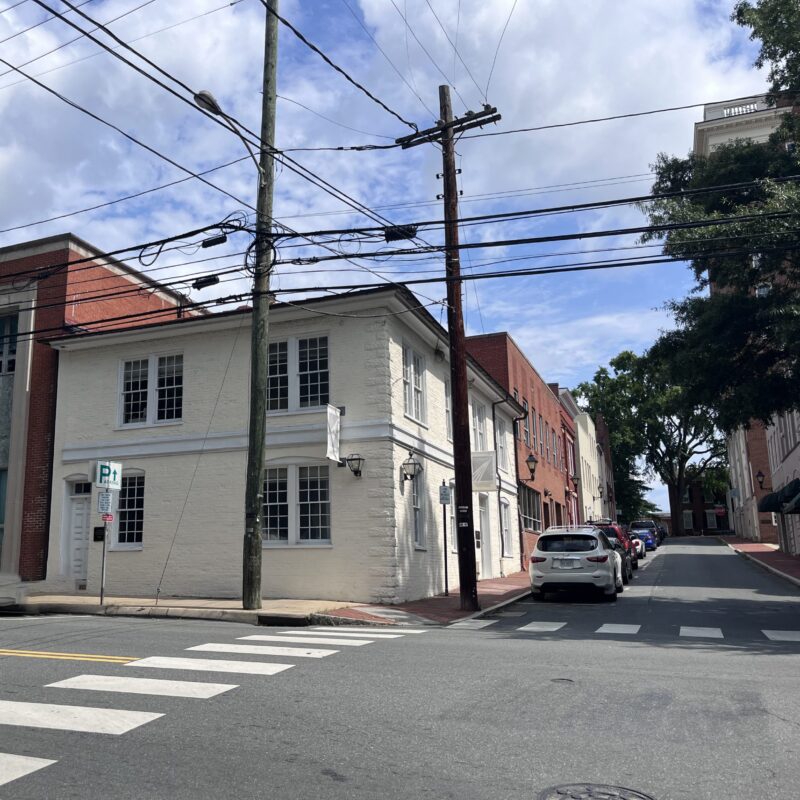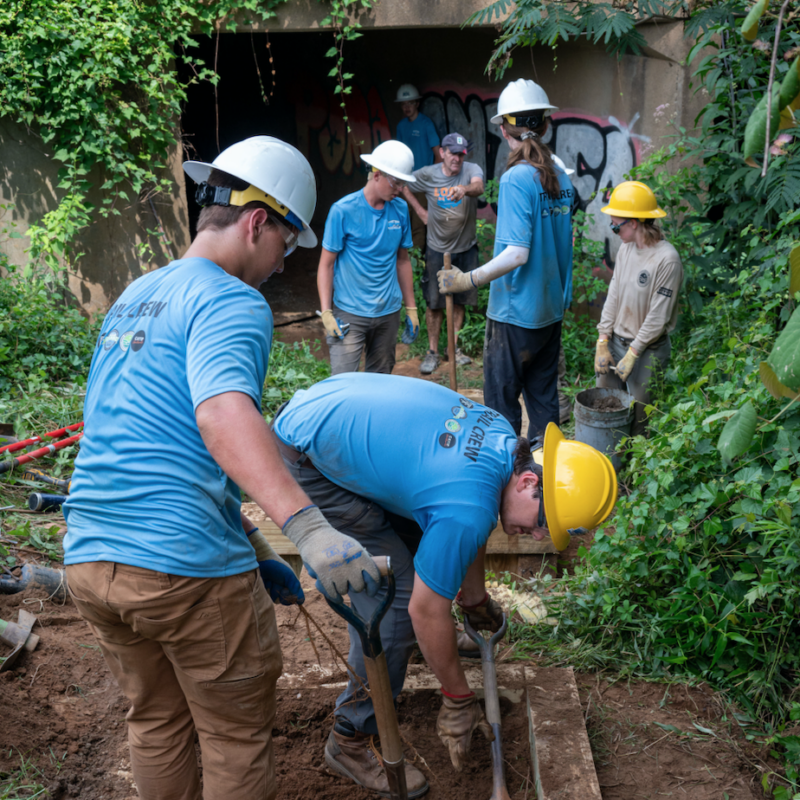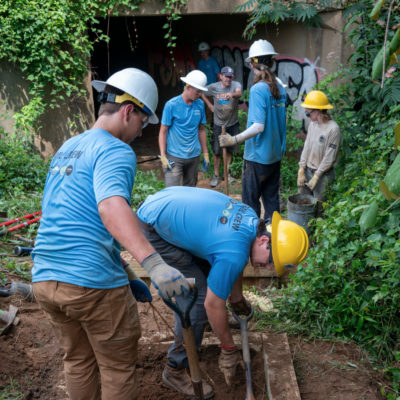The 1,200-acre parcel known as Biscuit Run is rumored to soon be donated to the state of Virginia as parkland.
|
It is rumored that Biscuit Run, the biggest development in Albemarle County history, will soon be donated to the state of Virginia as parkland. The Virginia Department of Conservation and Recreation has confirmed that the agency has been approached by Biscuit Run’s developers. The planned development didn’t sit well with several neighbors, and the Sierra Club, who contended that growth on that scale would only bring in more traffic and pollution. Now, with the news circulating, it is safe to say these neighbors would welcome a state park with open arms. |
Gary Waugh, spokesperson for the Virginia Department of Conservation and Recreation has confirmed that the agency has been approached by “the owners of the property to look at it as a potential donation for a state park,” he told C-VILLE. “Beyond that we are treating it as a potentially active real estate transaction.”
Staff from Piedmont Environmental Council (PEC) told C-VILLE that the owners of the property, who include Hunter Craig, had looked at options involving PEC (which often arranges conservation easements), but that ultimately, the land would go to the state.
Other rumors indicate that the bank behind the property’s loan was the now defunct Lehman Brothers.
Craig and other developers bought the land for a reported $46.5 million back in 2005 from the Breeden family.
Regardless of the rumor mill, there is significant proof that the land is in process of changing hands. In a response to an environmental impact report done on Biscuit Run by the Department of Environmental Quality Office of Environmental Impact Review, Director of Community Development for Albemarle County Mark Graham says that 825 acres of this property, located within the designated development areas for Albemarle “constitutes a very important area in achieving the growth management goal and its loss could place pressure on other parts of the County to absorb future development.”
Biscuit Run, which went through the rezoning approval process for the site in 2007, would be the largest residential development in county history with 3,100 residential units planned and 150,000 square feet of commercial space.
Developers also got approval from the county Planning Commission for three stream crossings.
The planned development didn’t sit well with several neighbors, and the Sierra Club, who contended that a development of that scale would only bring in more traffic and pollution. Now, the Piedmont group of the Sierra Club has sent a letter to the State Secretary of Natural Resources, L. Preston Bryant, Jr. to express their support for Biscuit Run becoming a state park. “We believe a state park at Biscuit Run will be an asset to the Charlottesville community by conserving biological resources and providing outdoor recreational activities,” write Tom Olivier, the club’s conservation chair and John Cruickshank, chair.
Biscuit Run’s record-breaking numbers didn’t stop at sheer size: The proffer statement was valued at $41 million in commitments from the developers to help offset the county’s costs.
In 2007, Supervisor David Slutzky called Biscuit Run “a poster child for how development can make its way through our process and add value to the community.” And it should be. Torti Gallas, the consulting firm that the county hired to conceptualize and create the neighborhood model, planned this project as well.
In the memorandum, Graham writes that the property currently pays $325,772 in taxes to the county. “The loss of this revenue in a time of severe state and local budget constraints will adversely impact Albemarle County,” he writes. “Additionally, this report does not include any discussion of the eventual loss of County revenue from the developed property as currently zoned.”
Supervisor Ken Boyd agrees.
“I obviously hate to see the loss of development land that is there and I don’t like the idea of losing tax revenues,” he told C-VILLE. On the other side of it, Boyd says that the owners have the right to do “what they want to do.”
Yet, Graham argues that, given an estimated $157 million added to the state’s economy from tourists visiting the 35 existing parks, a state park would be good for tourism. “A nice campground area (which we don’t provide in our local parks) and hiking/mountain biking and equestrian trails would be good features for both locals and tourists.”
Steve Blaine, a lawyer representing the property developers, declined to comment.






